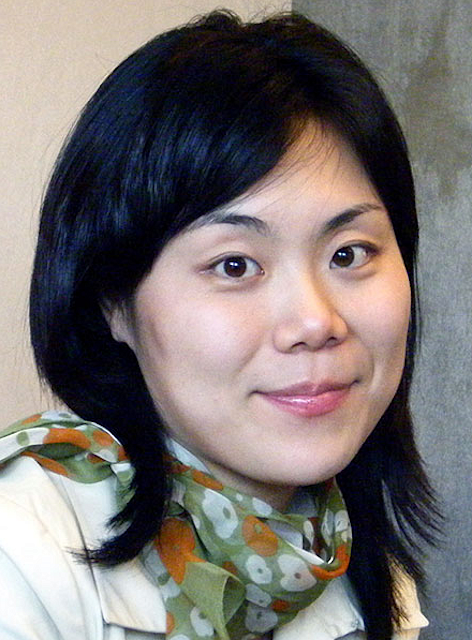
Students in Ko’s class will build on the 2018 Silverton Energy Plan developed by the Sustainable Silverton Committee. Together with the City and a College of Design student group, the class will develop specific planning and design strategies for climate change mitigation and adaptation. The class offers a systematic overview of climate action planning and design with the opportunity to make a real-world impact. Students will learn how climate action planning works by hearing from guest speakers, reviewing best practices, and contributing to a real municipal climate action plan through their term-long planning project with Silverton. Students will offer cost estimates, recommend funding strategies, and present a formal climate action draft report to the City Council. The students’ work has the opportunity to create real change for Silverton. The city will then apply for state funding to finalize the plan and implement the recommendations on the ground.
Beyond the Design for Climate Action class, Ko’s primary research focuses on urban energy planning, green infrastructure performance assessment, climate-responsive urban design, and climate change planning. Her research seeks to answer the questions How can urban forms and landscapes promote energy sustainability? How can green infrastructure provide long-term ecosystem services? How can we build communities more resilient to climate change?
Recently, Professor Ko has been working on finding ways landscape architects can respond to the housing crisis and homelessness in our communities. She is the project lead of the Landscape for Humanity initiative and has been closely working with the Opportunity Village Eugene, a transitional micro-housing community for the unhoused. Her team creates a multi-functional landscape system that can provide for the basic needs of residents while generating sustainable revenue for the village. This project recently received the 2019 UO Town and Gown Sustainability Award and the UO Foundation Trustee Excellence Fund. Her planning studio in Fall 2019 collaborated with the Eugene City Manager’s office to develop a city-wide housing network for the unhoused and site design typologies for emergency shelter, transitional, and permanent housing communities.
Professor Ko has also worked on a number of applied research projects alongside her students. Through her National Geographic Society project, Ko’s students developed a design proposal for locating solar farms in abandoned farmlands for a Taiwan sugar company. Ko also partnered with fellow landscape architecture Professor Rob Ribe to teach an SCYP class during the 2017-18 TriMet partnership. The class focused on redesigning Barbur Boulevard in southwest Portland to better accommodate pedestrians and cyclists while increasing neighborhood connectivity.
Professor Ko believes in the power of applied, interdisciplinary research. “I always find that we collectively make a stronger outcome and greater impact when we have an interdisciplinary learning environment,” she says. When she led an interdisciplinary team of Landscape architecture and PPPM graduate students for the 2018 EPA Campus Rainworks Challenge, her team won first place. With a team of diligent, hardworking students, the results from her class in Silverton could be equally impressive and impactful.
